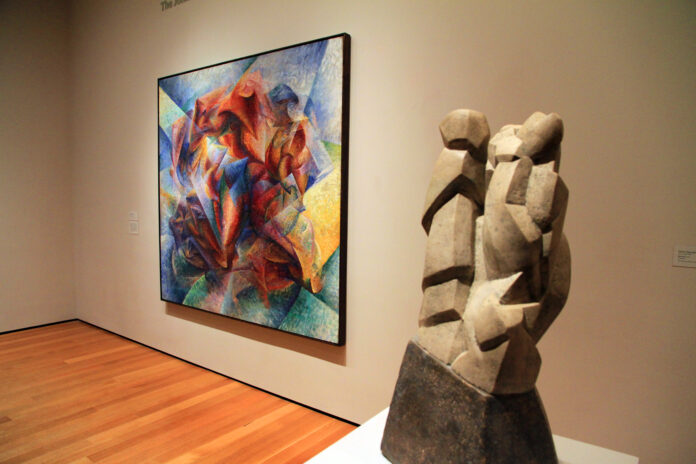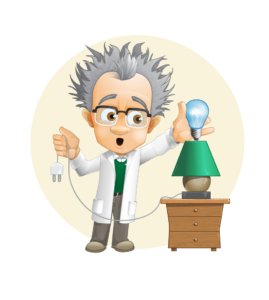A few times each year, research surfaces claiming LEDs are a dangerous source of light, damaging eyes, artwork, and circadian rhythms. The most recent claim came from a researcher in Spain who used unrealistic exposure scenarios that a person would never actually encounter. (I could write a report about how broccoli is bad for you if you eat 250 pounds a day!) The Department of Energy (DOE) recently released True Colors, a report clarifying the concerns about the dangers of LED lighting. (And I, Dr. Bulb, am here to tell you I lied about the broccoli.)
Optical Safety
The document recognizes that there is generally a blue peak in the 450-nm range due to the blue emitters used in phosphor-converted white LEDs. That peak is consistent regardless of CCT. However, other light sources with similar CCTs also contain similar percentages of energy in the blue range, meaning they pose an equal optical-safety risk. Even with excessively bright lighting, human response mechanisms such as blinking or quickly looking away already protect the eye from damage.
Artwork Protection
Artists go through a great deal of effort to create their masterpieces, so they make sure they effectively protect them. One of the ways they do this is by using museum-quality glass, which helps protect artwork from being damaged by light exposure. In this most recent report, the DOE states that curators have successfully tested the effects of LED lights on artwork and debunk that it poses any risk of damage. In fact, the report states that LEDs are LESS LIKELY to cause damage than legacy sources due to less energy emitted in the ultraviolet (IV) and infrared (IR) regions.
Photobiological Safety
It is a well-known fact that light has a major role in human circadian rhythms, which include human sleep schedules. With LEDs being used in automobile dashboards, streetlamps and other lighting sources, it is important to test the effects LED bulbs have on human activity. The DOE uses “True Colors” to assure individuals that blue LEDs met photobiological safety standards. But once again, LEDs have a similar percentage of blue energy as legacy sources with similar CCTs.
While all lighting has its benefits and drawbacks, it’s important to not believe everything you hear—even from scientists.



